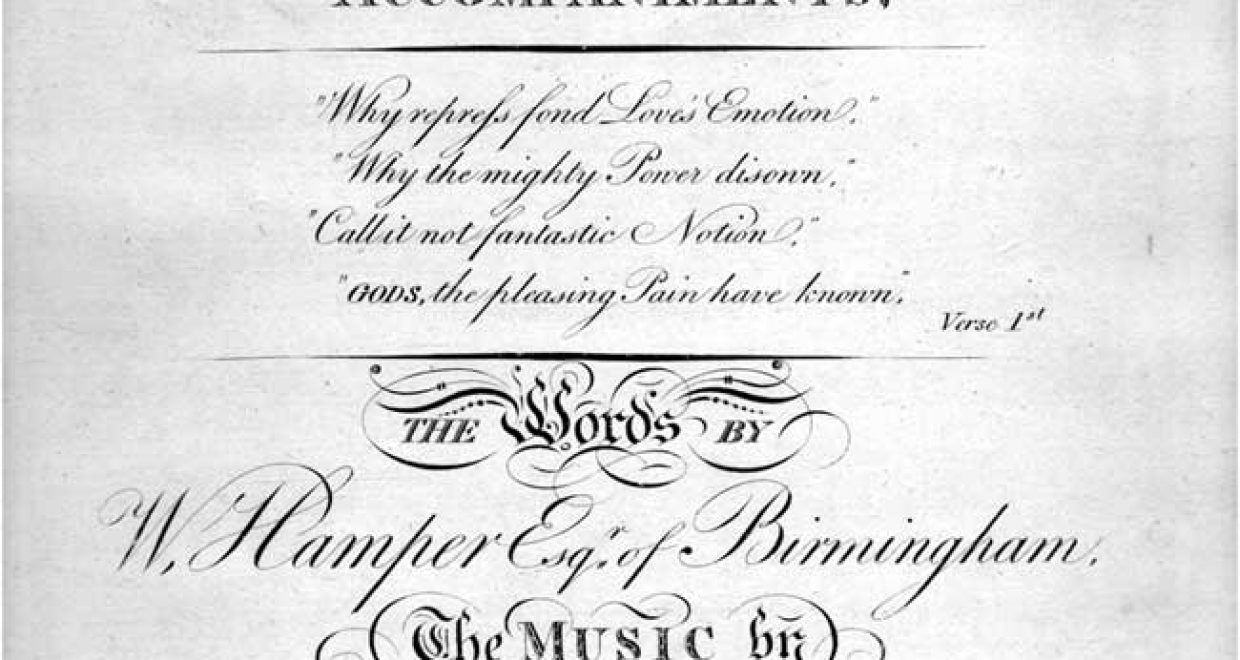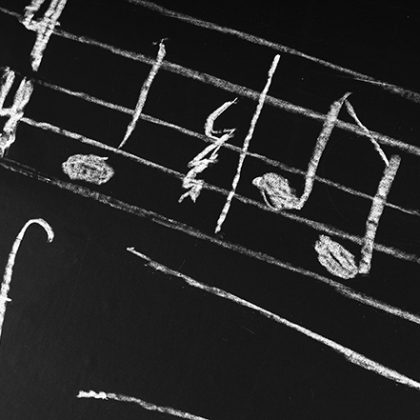The Howgill Family: A Dynasty of Musicians from Georgian Whitehaven
The latest issue of Nineteenth-Century Music Review includes a paper by Simon D. I. Fleming entitled ‘The Howgill Family: A Dynasty of Musicians from Georgian Whitehaven.’ Dr. Fleming explores the influence various members of the musical Howgill family had on Georgian Whitehaven. He also examines how the latest trends from London reached the remote Cumbrian town and shaped its lively music scene.
Georgian Britain was a hive of musical activity, with London acting as a major musical hub in Europe. Because Britain’s important provincial centres were well connected to the capital by road or sea, the latest musical ideas and trends spread across Georgian England with relative ease and speed.
At first impression, the west Cumbrian town of Whitehaven makes for an improbable musical centre of any significance. Situated over three hundred miles away from London by poor quality road and set apart from the rest of the mainland by the surrounding fells of the Lake District, access to Whitehaven was limited. The best way to reach the town was by sea, and thanks to its harbour, Whitehaven developed into a centre of significant wealth. By the end of the eighteenth century it had become one of Britain’s most important ports and had a musical life rivalling that of any other major town in the country.
The Howgill family was at the heart of Whitehaven’s musical scene. As well as teaching music and organising concerts, William Howgill senior was the organist of St Nicholas’ Church. After his death in 1790, William junior took on his father’s musical duties.
William Howgill junior was a composer and, between 1791 and 1824, published 32 musical works. These range from secular songs and piano sonatas to collections of organ voluntaries and anthems. These publications reveal that, despite Whitehaven’s remoteness, Howgill junior was aware of the latest developments in the capital. His piano music was influenced by, what has become known as, the ‘London Piano School’. The composers who had the greatest influence on him were Jan Ladislav Dussek and Muzio Clementi.
The Howgill family also had good connections in London. William Howgill junior’s brother, Matthew, moved there to become a pawnbroker; he married an Augusta Rochford in 1799. Another brother, Thomas, followed Matthew to the capital. These two brothers may have helped William stock the music business he ran in Whitehaven.
To access the full paper free of charge for a limited period, click here.
Copyright for all three images is owned by Simon D. I. Fleming.
Image 1 – Title page of Howgill junior’s Madrigal, for One, Two & Three Voices.
Image 2 – St Nicholas’ Church, Whitehaven, from Hutchinson The History and Antiquities of Cumberland (1794), II, 43.
Image 3 – Whitehaven Harbour, Whitehaven, from Hutchinson The History and Antiquities of Cumberland (1794), II, 41.







